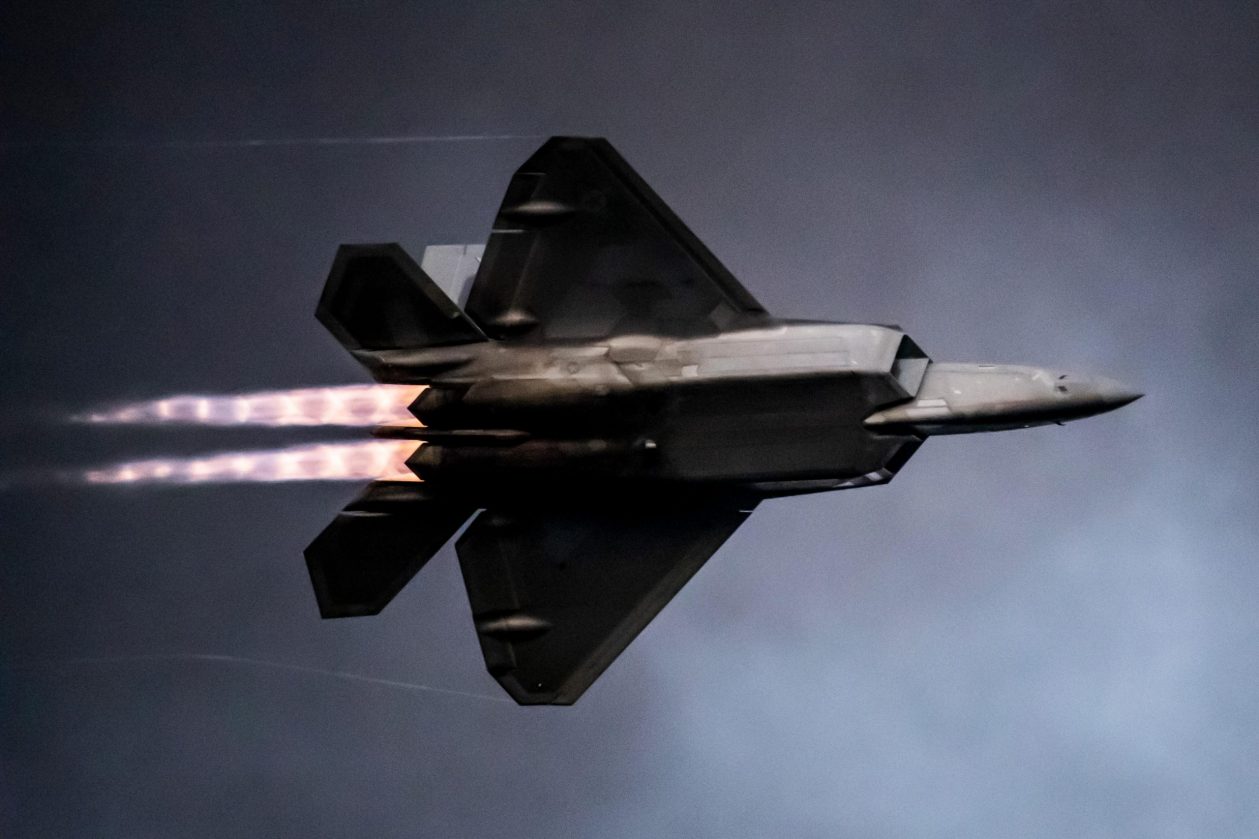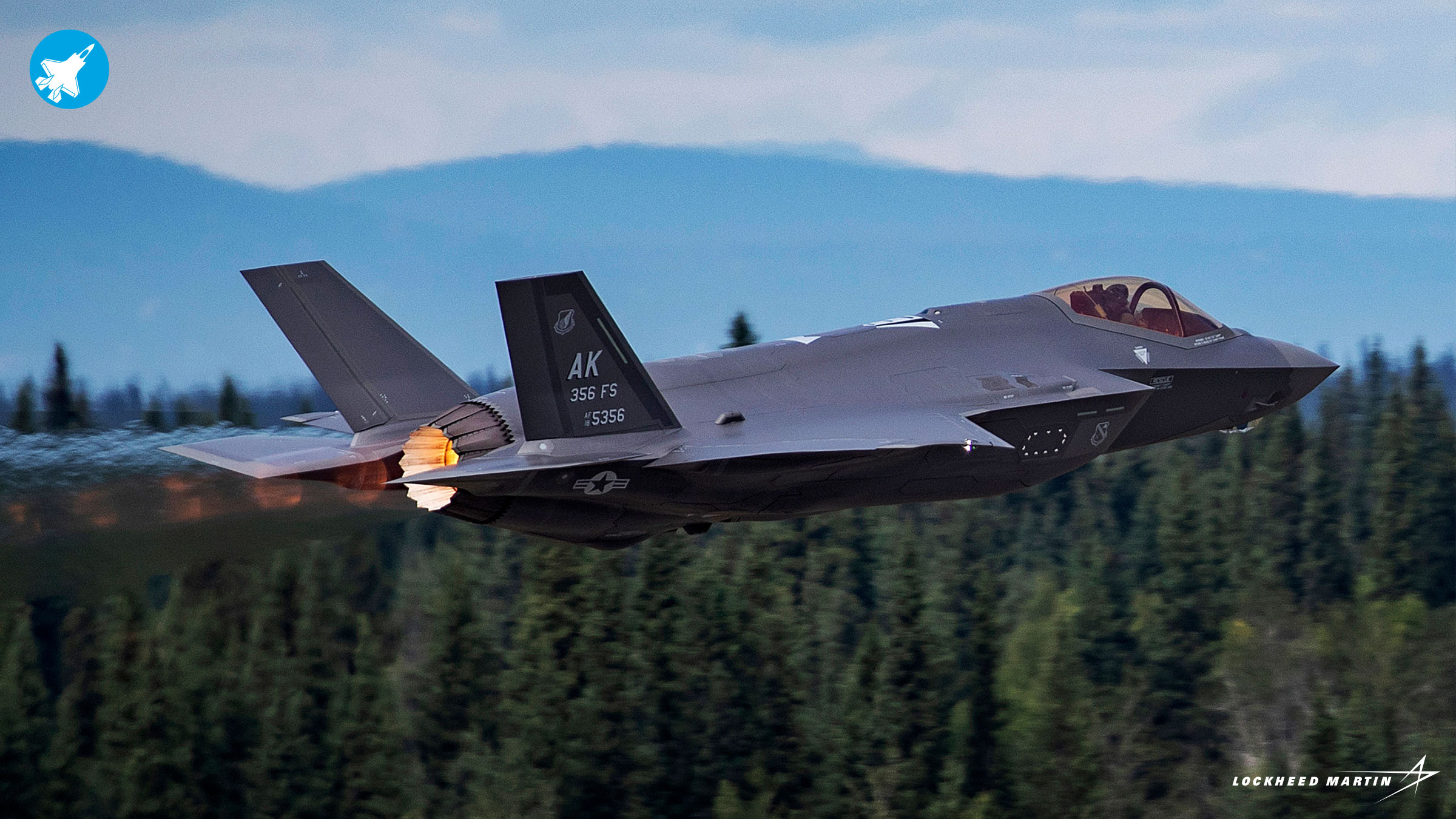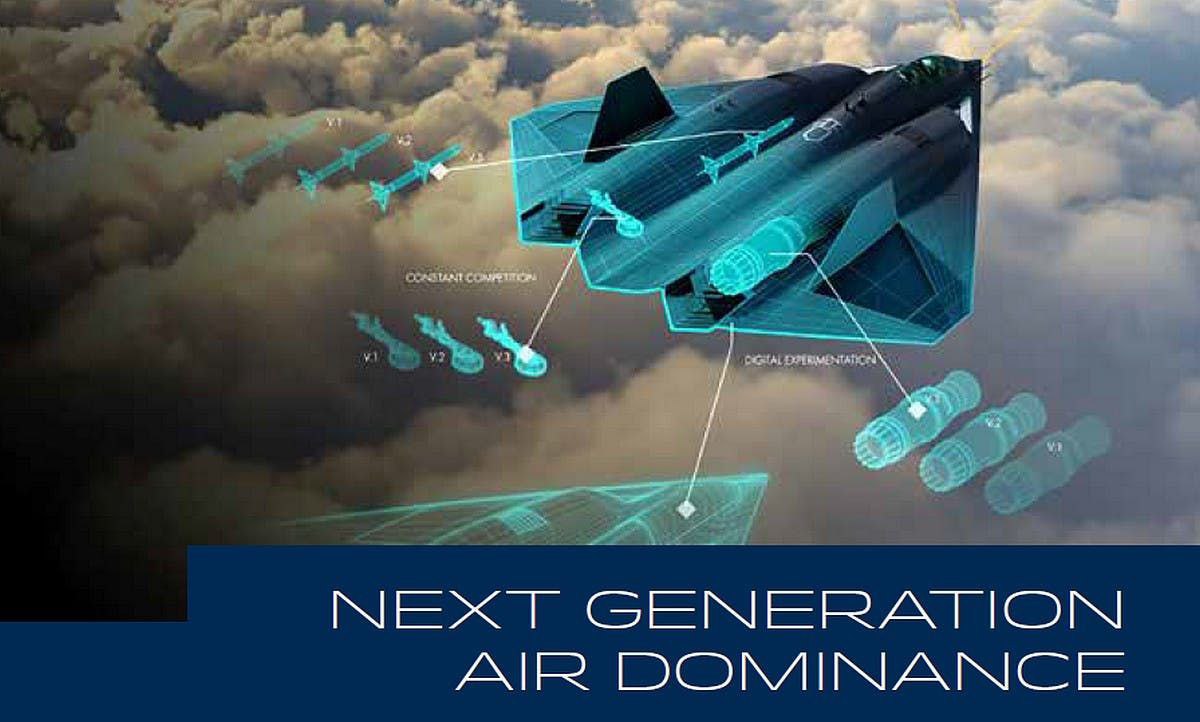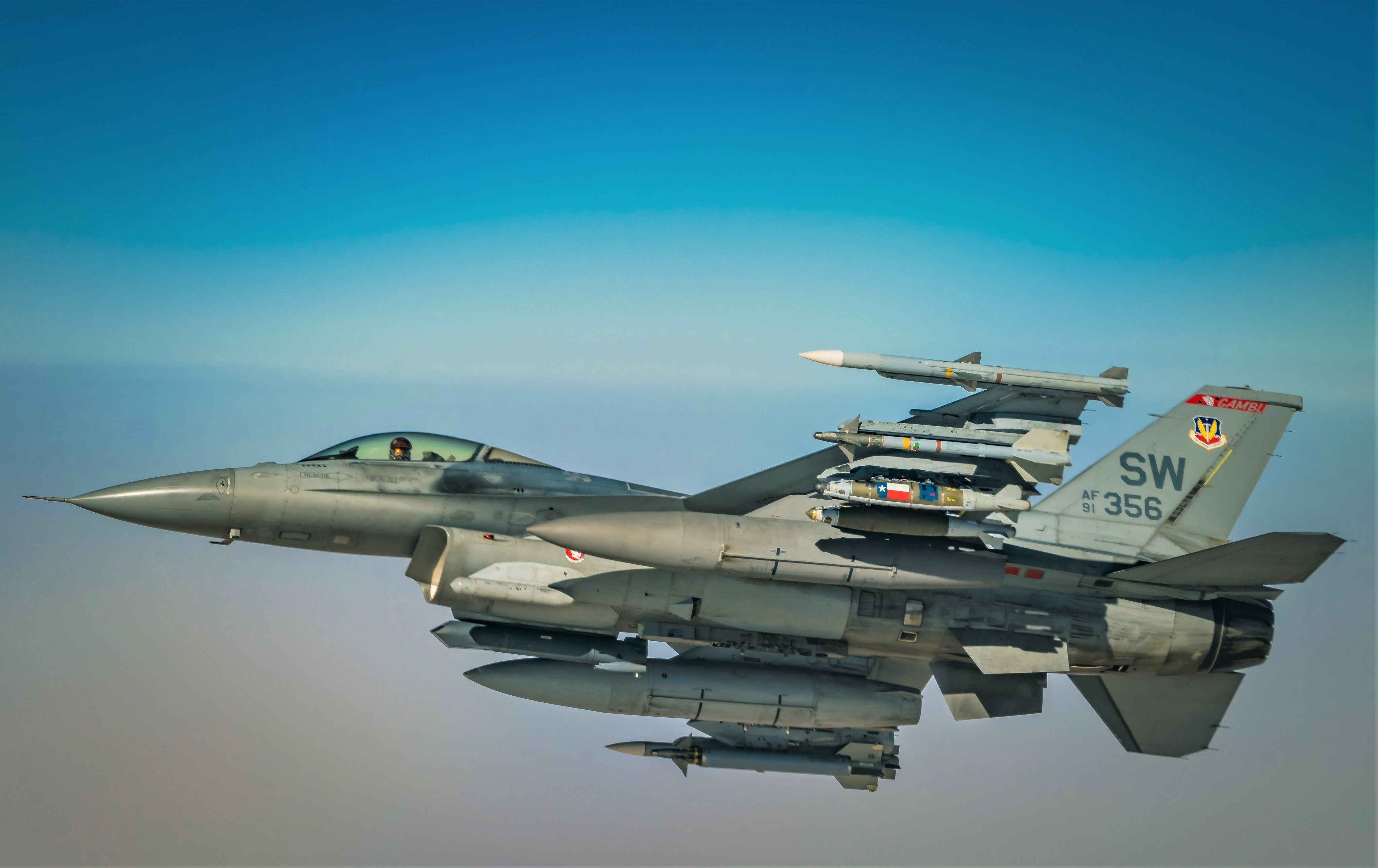With threat perceptions at an all-time high, the US Air Force is under pressure to improve its fleet and expedite the development of next-generation fighter jets. While several countries are still designing and developing fifth-gen warplanes, the US is well ahead with its sixth-gen program.
Abandoned By The US Army, China Uses Idea To Develop ‘World’s First Body Shield’ That Can Withstand Armor-Piercing Munitions
The US has a long history of working with its allies to develop some of the world’s most advanced weaponry, but it has always reaped the majority of the rewards in terms of military and economic might.
This trend appears to have somewhat faded in recent years with European and Asian allies seeking to build their own indigenous weaponry. Furthermore, China and Russia are rapidly enhancing their capability to confront the United States in many areas, including military and technical advancements.
Here are five fighters that the US Air force is expected to bank on in its possible confrontation with China and Russia.
The F-22 Raptor
A call for proposal for an advanced tactical fighter to meet increasing Soviet threats was made in 1985. The emphasized attributes were stealth and super-cruise speed, and Lockheed and Northrop were the two companies nominated to participate in this competition.
The US Air Force had planned to purchase 750 F-22 stealth interceptors to build a formidable fleet for the 21st century. However, soon after the USSR’s fall, the US no longer saw the necessity for this aircraft, and production ceased in 2011, with only 187 fighters delivered.
The F-22 is a quick and agile fighter jet. Its supercruise speed is roughly Mach 1.8 without externally deployed armaments, and more than Mach 2 with afterburners.

The F-22 program’s primary issue was not the design flaws or emergent threats, but a lack of funding. In 1985, the cost of 750 new F-22s was estimated to be around $44 billion. The estimated cost for 187 jets when manufacturing stopped in 2011 was roughly $67 billion.
After a deadly 2010 crash, which was linked to the oxygen system, the plane was grounded to investigate the reason, and emergency backup oxygen systems were installed starting in 2012.
As The EurAsian Times recently reported, Lockheed Martin has won a more than $10.8 billion US Air Force contract to provide for Advanced Raptor Enhancement and Sustainment for the F-22 Program Office.
This new contract covers the procurement of hardware kits, as well as services such as updates, additions, and fixes besides performance-based logistics services, to maintain and modernize the F-22 Raptor jet.
The Firepower & Tech Edge Of F-35 Lightning II
The F-35 was developed in the 1980s and 1990s in response to a desire to develop a Joint Strike Fighter (JSF) that would combine combat aircraft requirements into a single package. The Marine Corps desired a substitute for the Harrier jump jet, while the Air Force and Navy wanted a multi-role attack/fighter to supersede the F-16, F-14, and A-6.
When all these specifications were integrated, Lockheed and Boeing were picked to develop designs in 1997. The F-35 was developed in collaboration with allies as a joint strike fighter.
Apart from the US, Britain, Italy amongst others were among the nations that participated in the program. Lockheed was finally chosen to develop the JSF after an evaluation of concepts.

The Air Force model, the F-35A, was designed for normal takeoff and landing. The Marines’ F-35B had a short takeoff and vertical landing variant, whereas the Navy’s F-35C was designed for carrier missions.
In 2012, both the A and B models were made available for operational training. Soon after, the US Air Force and the US Marine Corps began training pilots and maintainers, and the F-35 entered service.
The Lockheed Martin F-35 Lightning II includes a glass cockpit, which means that instead of discrete analog equipment, sensors and gauges are displayed on computer screens. The pilot’s helmet makes contact with the aircraft’s avionics suite to offer heads-up display data.
The helmet’s built-in sensors allow it to “see through” the aircraft, providing pilots with helmet views that would otherwise only be viewable on cockpit screens.
However, if improvements to Block IV are not implemented in a timely manner, Washington worries that its F-35 fighter, the world’s most expensive weapons system, could fall behind.
The US Air Force intended to expedite the Block IV upgrades to its existing aircraft so that it could benefit from the much-needed enhancements. In addition, many other countries like Spain and Greece are willing to buy this platform to strengthen their Air Force.
6th-Gen NGAD Programme
The US Air Force reportedly disclosed last year that it had designed, manufactured, and tested a secret prototype of a new fighter plane in just one year. The secretive fighter, presumably a sixth-generation one, is part of the Air Force’s Next Generation Air Dominance (NGAD) program, which aims to boost and eventually replace the F-22 Raptor.
The graphic of NGAD can be seen on page 55 of the Air Force’s biennial acquisition report, which was recently released.

The aircraft portrayed is a big, diamond-shaped fighter jet with massive engine air intakes extending to the left and right of the cockpit, protected from radar. The plane also has two engines, a bubble canopy cockpit, and two vertical stabilizers that can be folded flat into the wings when not in use.
The graphic also alluded to the possibility to update the aircraft’s weapon and motor systems. The V1, V2, and V3 versions of air-to-air missiles, landing gear, and engines are depicted alongside the fighter. The fusion of the body and wings would result in a massive internal volume that could be used to store fuel and weaponry in internal weapons bays.
The Powerful ‘Eagles’ And ‘Falcons’
The Boeing F-15 series of fighter jets is still one of the world’s most effective and powerful. The F-15A and B variants of the ‘Eagle’ fighter have been retired by the United States, while the aged F-15C and D aircraft will be decommissioned soon.
The Air Force plans to maintain flying its significantly enhanced F-15E ‘Strike Eagle’ and F-15EX ‘Eagle II’ planes.

The Boeing F-15E dual-role fighter is a high-tech, long-range, tactical and interception fighter. It is the most recent iteration of the Eagle, a twin-engine fighter capable of Mach 2.5.
When compared to the older F-15C Eagle and F-15E Strike Eagle models, the F-15EX incorporates a range of updates, including the Eagle Passive/Active Warning and Survivability System electronic warfare system, a digital cockpit, Honeywell’s more advanced ADCP-II mission computer, and fly-by-wire flight controls.

The F-16 Fighting Falcon, a long-time Air Force favorite, will continue to serve, albeit in a different capacity. Lockheed Martin’s backlog of 128 F-16 fighter jets, all for foreign military sales, won’t be completed until 2026, and the company expects more orders.
F-16 fighter jets might be flying into the late 2060s or beyond. Additionally, Turkey has recently also expressed its interest to buy 40 F-16s to upgrade its air force while Greece and Taiwan and upgrading to the latest Viper version.
- Contact the author at ashishmichel@gmail.com
- Follow EurAsian Times on Google News




